These are some big dreams: Escape rat race. Become pro kayaker. Start successful business. Build oceanfront home. Make the world a better place.
Check off one or two of these in your lifetime and you’re doing pretty well.
Check all of them before you turn 34 and you’re probably Dave Adler.
Dave is a business visionary disguised in the uniform of a ski-lift mechanic—scruffy beard, Carhartts and fleece. He is founder of East Coast Outfitters (E.C.O.), a community-based ecotourism business in the village of Lower Prospect, Nova Scotia—a tiny, rocky, one-road town with no traffic lights or stop signs or store. Like a lot of East Coast ports, there aren’t many jobs since the fishery collapsed.
Dave dreamed up E.C.O. to be the cornerstone of an economic revival. It’s not the “park, shit, paddle, and leave” model of tourism that gives nothing back—townies run the office, drive the boat, and cook dockside seafood dinners for eager kayakers that come and go by the vanload from Halifax.
It all started in 1997, when this brainy, former whitewater slalom racer with a sponsor- ship from Dagger Kayaks arrived in Lower Prospect looking for an offbeat place to live while he studied for a master’s degree in “benthic oceanography.” He rolled in like a paddling pied piper towing a trailer-load of boats and pretty soon kids were knocking on his door for lessons. Dave made a deal—if they could get three or more friends together, he’d take them out for free. “Kayaking with Dave” became a weekly tradition and today some of those kids work for him as guides.
A few years later, when it came time to decide, should he spend his life in school or start a business and help save a town, Dave chose the less-travelled road and hasn’t looked back.
IN OTHER WORDS:
Plant roots
“I didn’t move here to start a company. I moved here to go to school. I knew I didn’t want to live in the city. I wanted to live somewhere I could drink coffee and look at the ocean. I basically drew a ring around Halifax that was within a reasonable commuting distance and started driving. I got to the end of the road and it said Lower Prospect and I thought, ‘that’s about right’.”
When opportunity knocks, answer
“There was a plane crash over that way—Swissair—in early September 1998. The kids were paddling a lot and they were loving it and the paddling industry was definitely about to hit a real burst. I was toiling away studying Arctic mud in this lab downtown. It was one of those moments that makes you think about what’s important. Then I got a knock on the door and it was one of the mothers of the kids and she said, ‘Why don’t you start a company? The kids are good at it. We can work in the office or whatever.’ So that’s what we did.”
Build it and they will come
“As soon as things started happening—liter- ally as soon as the first tree fell down to clear the lot—people showed up. Tommy from up the road showed up with a hammer to help! People just showed up to do whatever needed to be done. The strength of an ecotourism operation is it requires lots of different jobs to be done, which is why the fishery was so strong… which is why it can support a village.”
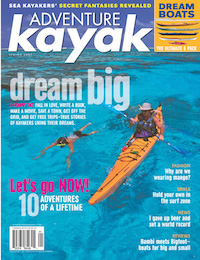 This article first appeared in the Spring 2007 issue of Adventure Kayak Magazine. For more great content, subscribe to Adventure Kayak’s print and digital editions here.
This article first appeared in the Spring 2007 issue of Adventure Kayak Magazine. For more great content, subscribe to Adventure Kayak’s print and digital editions here.





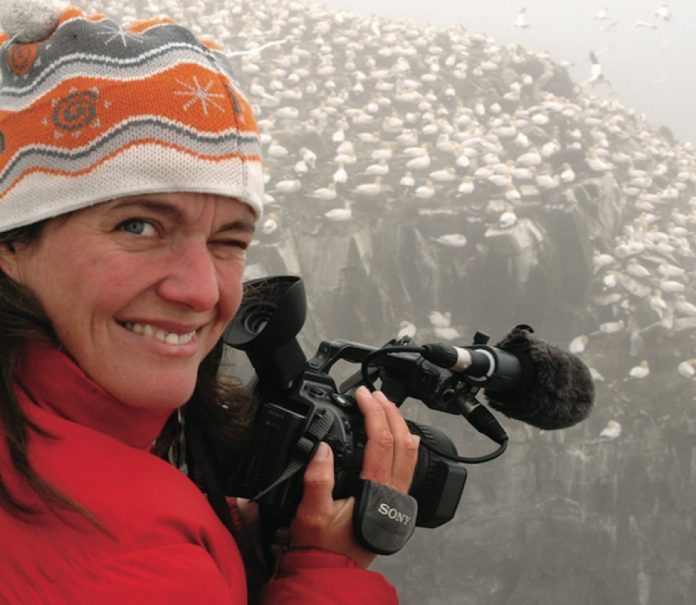
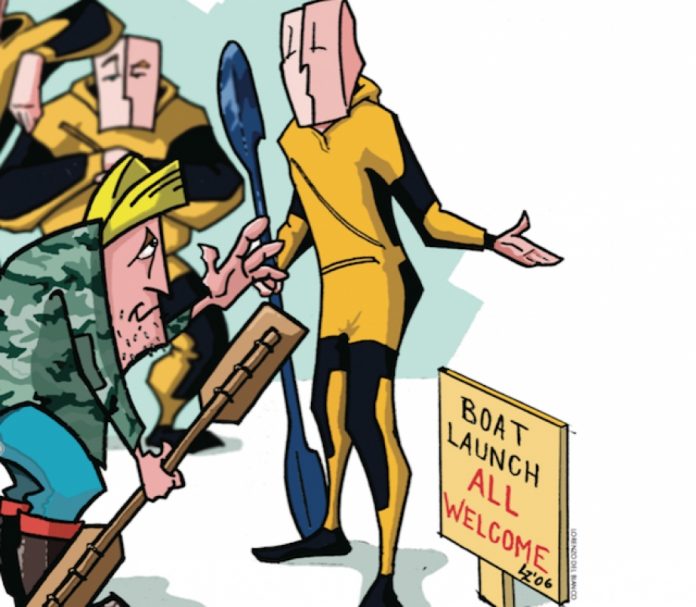
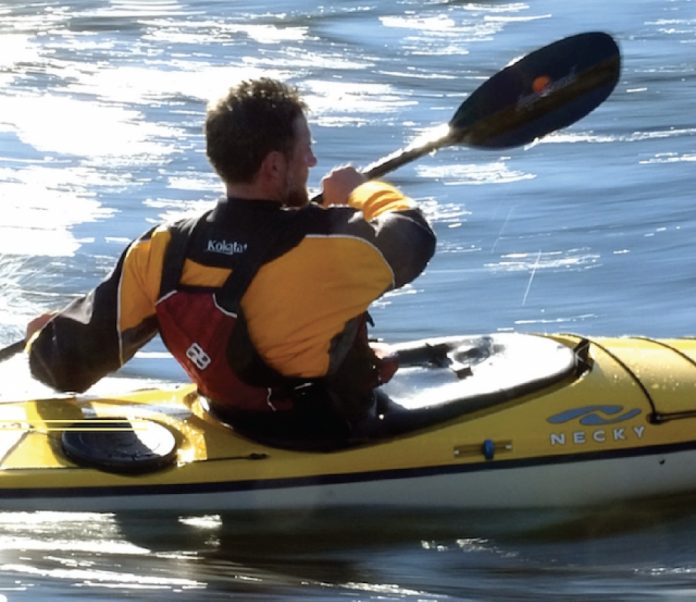

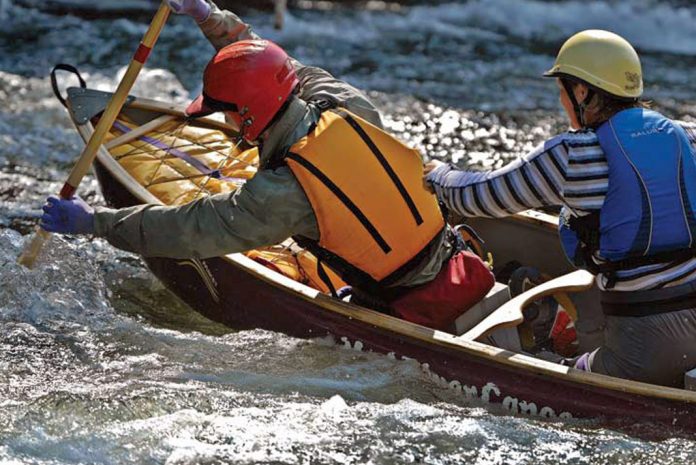

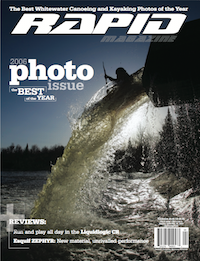 This article first appeared in the Fall 2006 issue of Rapid Magazine. For more great content, subscribe to Rapid’s print and digital editions
This article first appeared in the Fall 2006 issue of Rapid Magazine. For more great content, subscribe to Rapid’s print and digital editions 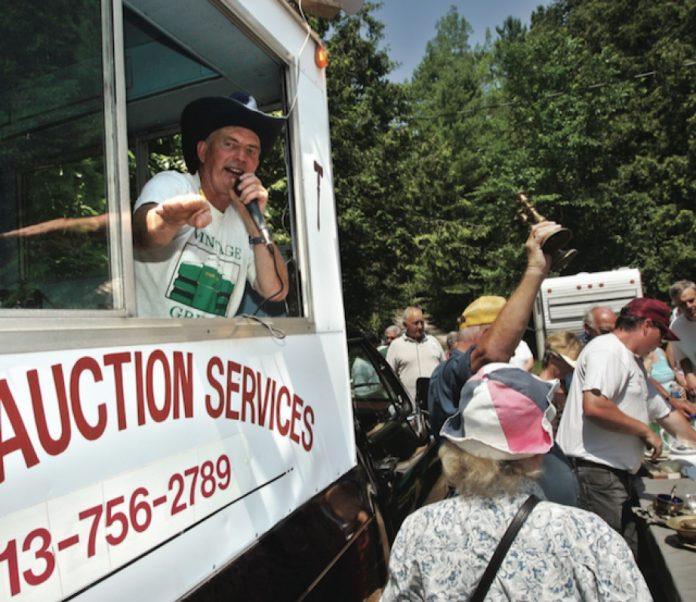
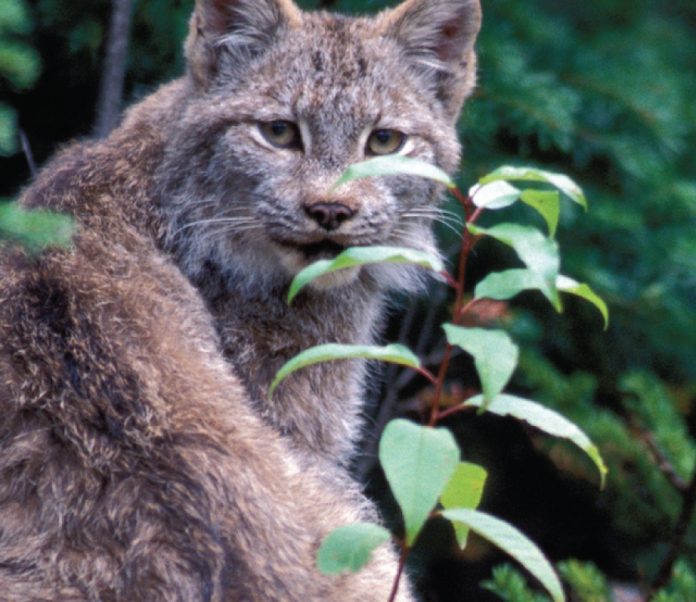
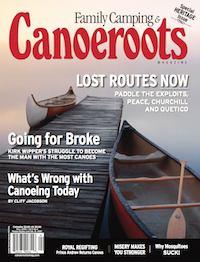 This article first appeared in the Fall 2006 issue of Canoeroots Magazine. For more great content, subscribe to Canoeroots’ print and digital editions
This article first appeared in the Fall 2006 issue of Canoeroots Magazine. For more great content, subscribe to Canoeroots’ print and digital editions 